Women's History Month 2024, 1: Alice Thornton and Daphne Lightfoot
March is Women's History Month and to mark it - like last year - we’re bringing you a series of blog posts, this time on Alice Thornton and various women that feature in her writings. The first, by project postdoc Jo Edge, is on the remarkable friendship between Alice Thornton and her servant-companion, Daphne Lightfoot.
Who was Daphne?
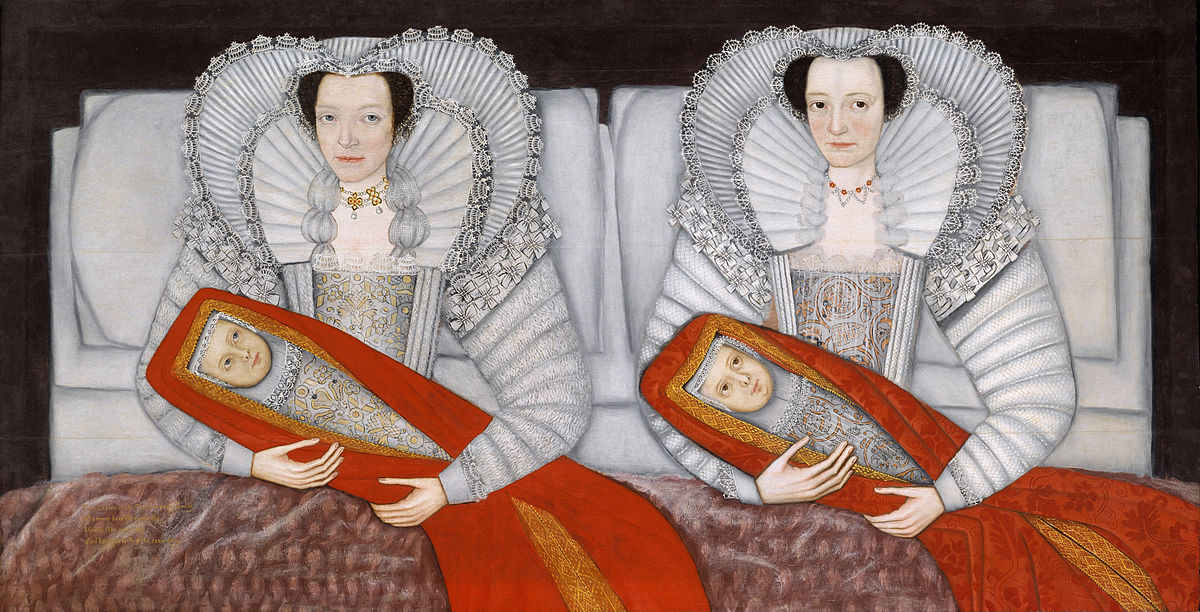
For a seventeenth-century female servant, we know a remarkable amount about Daphne, mainly because of what Alice Thornton writes about her in all four of her books. Born Daphne Cassell, we do not know her birth date. She entered the service of Alice Thornton’s mother, Alice Wandesford, by 1645 at the latest. Sometime before 1654, she married George Lightfoot, also a servant in the Wandesford household. They would go on to have at least one child, a daughter called Mary. Daphne was a literate woman – not only did she witness Alice Wandesford’s will by signing her name in 1658,[1] but she and Alice wrote and received letters to and from one another in the late 1660s.[2]
After Alice Wandesford's death it seems probable that Daphne and George entered the Thorntons' service, as there is evidence of them working at East Newton after 1668, and George was perhaps the same George mentioned in a letter from Thomas Comber to Thornton in 1682.[3] It is not clear where Daphne and George lived after marriage, but it seems they ended up in the Gilling area, some six miles north of Hipswell Hall, as Daphne was buried at St Agatha’s, Gilling West, on 20 September 1689.[4]
Deathbed attendance
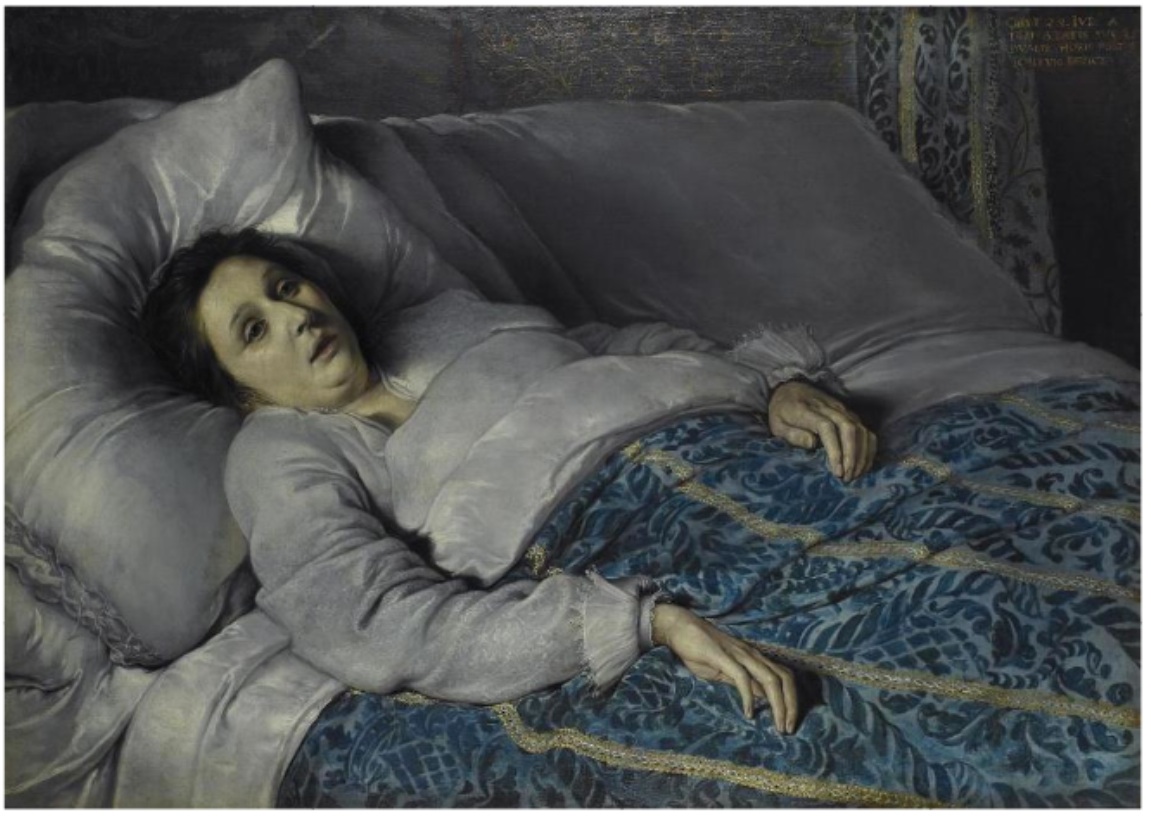
Thornton discusses the deathbed scenes of her nearest and dearest family in great depth in her books, and it is notable that Daphne plays an important role in two of these. The first is the death of Katherine Danby, Thornton’s older sister, in September 1645 at the age of 29. Katherine had given birth to her sixteenth child on 27 August and suffered an agonising death over the next two weeks from postpartum complications, dying on 10 September. Thornton tells us that Daphne was with Katherine the entire time she lay on her deathbed, and was with her at her time of death, providing spiritual comfort:
But Daphne was always with her, who she had a great love for and as she grew weaker, after a month's time of her delivery, holding her head on her breast, said to her in a faint weak voice: “I am going to God, my God, now”. Then said Daphne, “Nay, madam, I hope God will please to spare your life to live amongst your sweet children and bring them up”. “How can that be”, answered my sister, “for I find my heart and vitals all decayed and gone. No: I desire to be dissolved and to be with Christ, which is best of all. I have made my peace with God”. And immediately she said, with as strong a voice as she could, “Lord Jesus, receive my spirit”. Then, giving a little breathing sigh, delivered up her soul into the hands of her saviour, sweetly falling asleep in the Lord.[5]
14 years later, in December 1659, Thornton’s mother, Alice Wandesford, was on her deathbed. By now a married woman with at least one young child, Daphne nevertheless came to attend to her mistress’s spiritual needs at this crucial time:
And, all that Friday night before she departed, having this sweet saying in her mouth, 'Come Lord Jesus, come quickly', she making Daphne to pray with her that prayer of Dr Smith made in his book for a person at the point to die, and took great notice of each petition praying with zeal and ardency.[6]
Daphne filled the role of loyal servant and companion with her vigilance and attention to the spiritual needs of Alice Wandesford and Katherine Danby on their deathbeds.
Breastfeeding
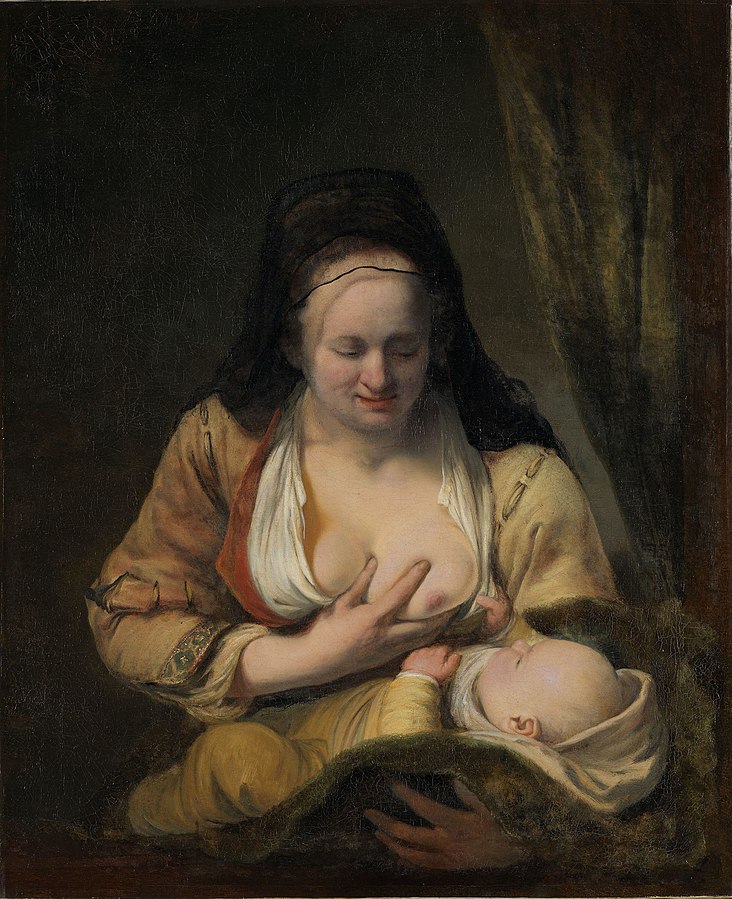
It was not only death where Daphne acted as a loyal companion and helper. In 1655, Alice had given birth to her third child, Elizabeth (nicknamed Betty). Her eldest daughter, Alice (nicknamed Nally), was about 18 months old and became suddenly ill, the shock of which made Thornton’s milk dry up. Thornton states, ‘And Daphne Lightfoot gave my Betty suck until she proved with child’.[7] Thornton saw it as her Christian duty to breastfeed her own children but, when unable to do so, needed someone she trusted, whose character was good (and therefore whose milk was safe) to nourish her child while she was unable to do so.[8]
Good memory
When Thornton's husband, William, died in 1668, Daphne labelled the goods that had belonged to Alice Wandesford. This was necessary as William was in a lot of debt when he died and Alice Wandesford, worrying that this might come to pass, had put her goods in a trust for her daughter so that they could not be claimed as William’s.[9] Daphne testified to the appraisers:
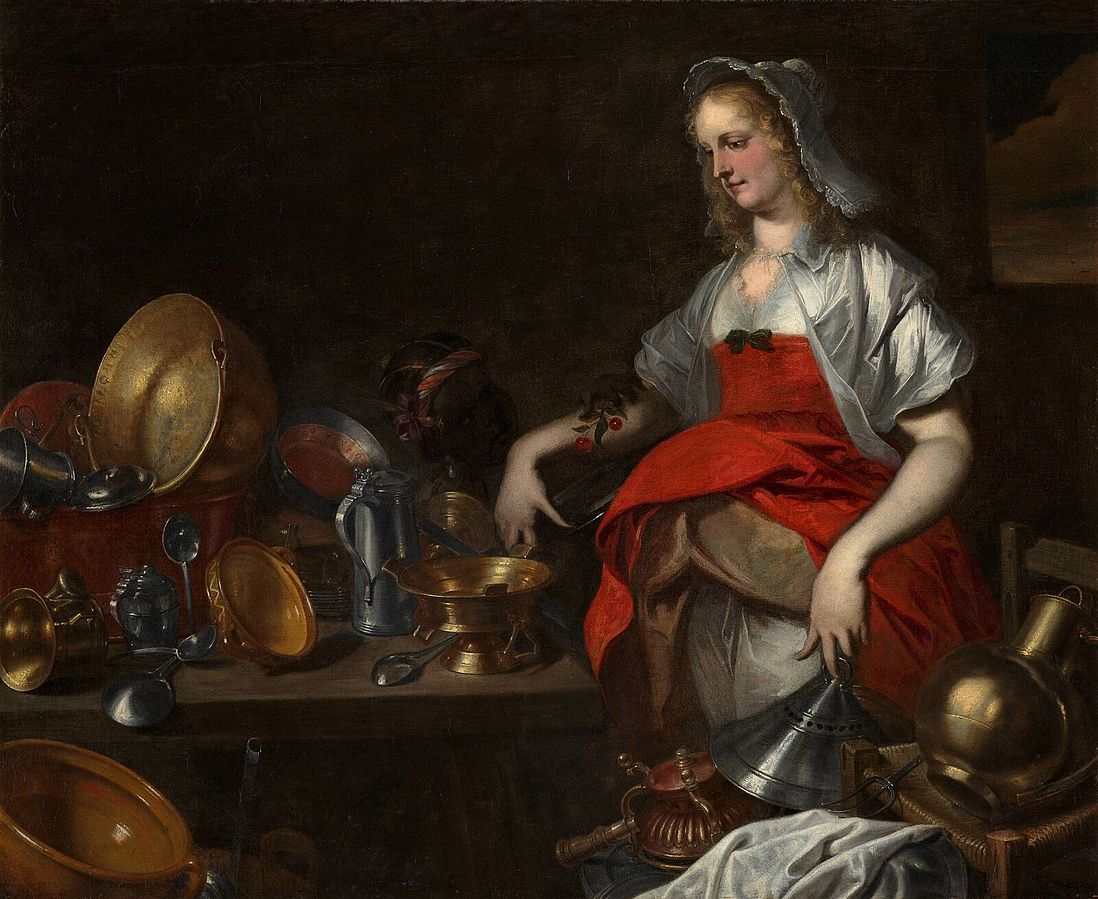
These goods, they are all my Lady's. All of them was set down in an inventory before her death by her order. And she, seeing them done before her own self, and was appraised all after her death... and Mr Thornton had not a bed or any household goods in this house or anywhere else before he married, but what he had from my Lady. And she gave them to my mistress to use. But not to pay debts but out of kindness to assist them in their house.[10]
Daphne's sharp memory, diligent labelling, honest testimony and loyalty to Alice and her natal family helped save many of the goods from being sold to pay off William Thornton’s debts.
After the scandal
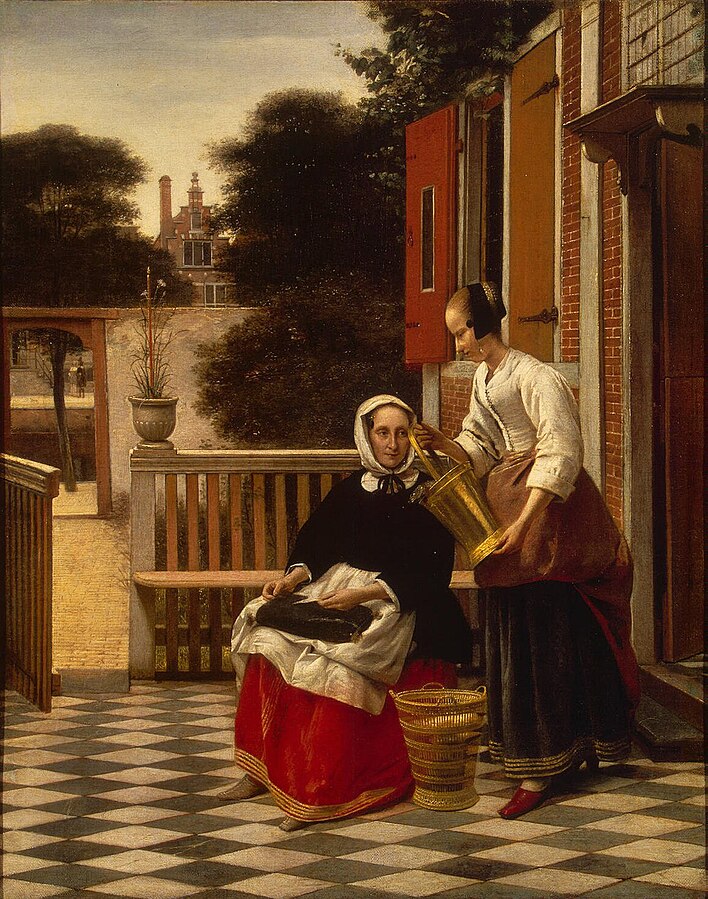
When Alice Thornton's niece, Anne Danby, defamed Alice regarding her daughter Nally's marriage to Thomas Comber, Daphne did all she could to support her friend and mistress. She wrote letters to detractors to dispel rumours and stayed with Alice in order to comfort her. Thornton recorded some of Daphne's letters defending her. Daphne wrote to Thornton’s ex-servant Mary Breakes to try and get to the truth of who had spread rumours, saying ‘that Mrs Danby and her maid Barbery had laid many ill things to my charge, and said it was she that had told them of me that my mistress had robbed her husband and given all his money to Mr Comber with such like untruths'.[11]
Loyal servant and friend
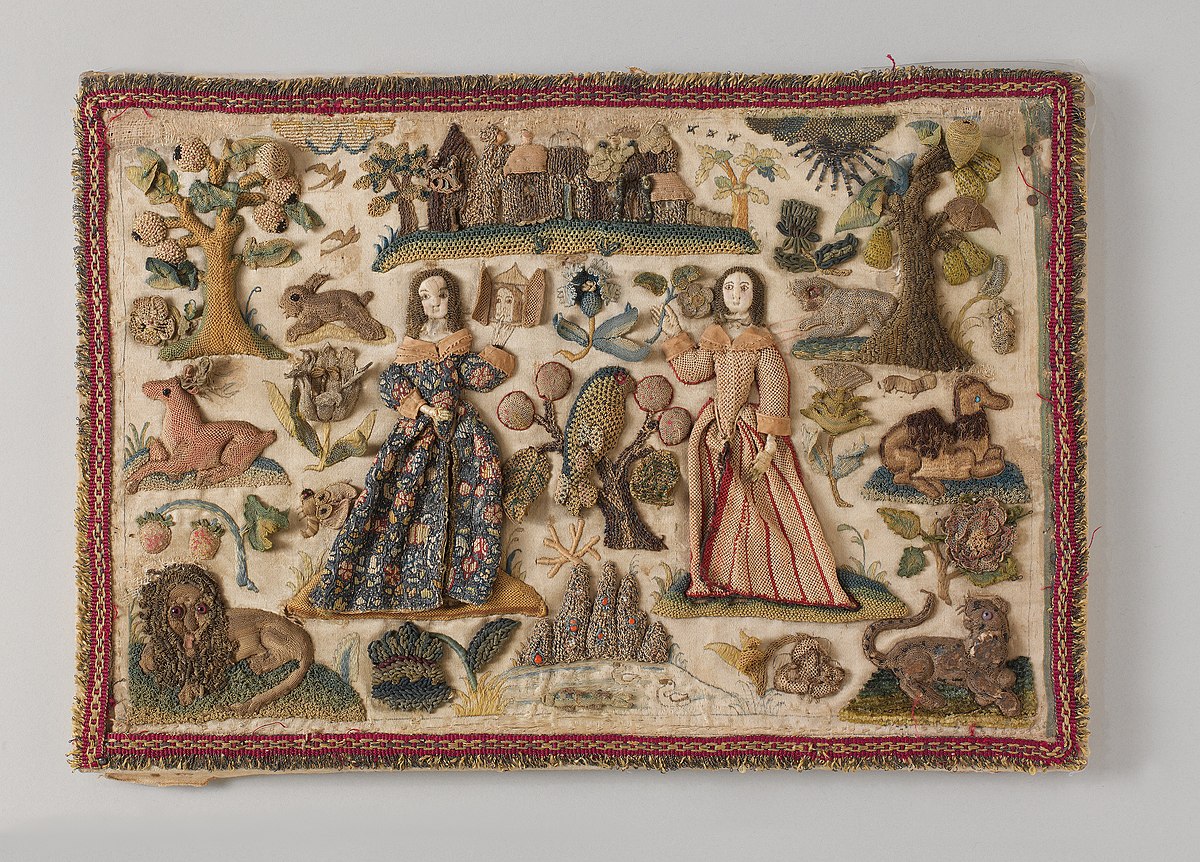
Thornton mentions many friends and servants throughout her books. But it is Daphne above all who is held up as the ideal of the good companion and loyal servant: present at births and deaths, helping with domestic duties, and comforting during hard times – even after she had married and moved into a house of her own.[12] This is contrasted with the bad servants and friends in Thornton’s books – such as her niece, Anne Danby, and maids, Barbara Todd and Mary Breakes, who spread vicious rumours about her while living under her roof.
‘The Will of Dame Alice Wandesford, Widow of Lord Deputy Wandesford — 10th January 1658. Proved at London 19th July 1660'’, Hardy Bertram McCall, Story of the Family of Wandesforde of Kirklington & Castlecomer .... (London: Simpkin, Marshall, Hamilton & co., 1904), 357-8. ↩︎
Thornton discusses Daphne writing letters to herself and others in Book 3: The Second Book of My Widowed Condition, BL MS Add 88897/2 (hereafter Book 3), 65, 85, 138, 142, 155, 197, 198, 201, 203, 206, 207, 208. ↩︎
'Thomas Comber to Mrs Thornton, York, May 2 1682', The Autobiographies and letters of Thomas Comber sometime precentor of York and dean of Durham, ed. C. E. Whiting, 2 vols. (Durham: Surtees Society, 1942) vol. 2, 53. ↩︎
'Gilling West Parish Registers: Baptisms, Marriages and Burials, 1639-1782', PR/GIL 1/1, NYCRO, Northallerton. ↩︎
The text quoted above is from our work-in-progress edition of Alice Thornton's Books. The text is modernised in the body of the blog and the semi-diplomatic transcription is reproduced here in the notes. 'But Dafeny was alwaies with her. who she had a great love for, and as she grew weaker affter a months time of her delivery, holding her head on her breast, said to her in a faint weake voyce. I am goeing to God, my God now. Then said Dafeny nay Maddam I hope God will please to spaire your life, to live amonggst your sweete Children, & bring them up. how can that be answred my sister, for I find my ♥ & vittalls all decaid & gon (noe:) I desire to be desolved, & to be with Christ, which is best of all. I have made my peace with God. And immeadiately she said, with as strong a voyce as she could. Lord Jesus receive my Spirritt, then giveing a little breathing sigh deliverred up her soule in to the hands of her Saviour. sweetely falling asleepe in the Lord'. Alice Thornton, My First Booke of My Life, BL MS Add 88897/1 (hereafter Book 1), 89. ↩︎
'And all that friday night before she departed haveing this sweete saing in her mouth Come Lord Jesus, come quickly. she makeing Dafeny to pray with her, that praier of Dr Smith made in his Booke for a Person at the point to die & tooke great notice of each Pettition praing with Zeale & ardency'. Thornton, Book 1, 168-169. ↩︎
'And Dafeny Lightfoote gave my betty sucke. till she proved with childe'. Thornton, Book 1, 138. ↩︎
See Alexandra Shepard, 'The Pleasures and Pains of Breastfeeding in England c.1600–c.1800', in Michael J. Braddick and Joanne Innes (eds.), Suffering and Happiness in England 1550-1850: Narratives and Representations: A collection to honour Paul Slack (Oxford: Oxford University Press, 2017), 236. ↩︎
On trusts for married women see Amy Louise Erickson, Women and Property in Early Modern England (London: Routledge, 1995), 103. ↩︎
'these goods they are all my Ladies and all of them was sett downe in an Inventory before her death by her order & she seeing them don before her owne selfe and was Prized all after her Death... And Mr thornton had not a Bed or any houshold goods in this house or any where ellse before he married. But what he had from my Lady And she gave them to my Mrs to use. but not pay Debts but out of kindness to assist them in there house'. Thornton, Book 3, 126. ↩︎
'That Mrs Danby had, & her maide Barbery Laid many ill things to to my charge & said it was she that had tould them of me that my Mrs had Robed her husband & given all his mony to Mr Comber with such like untruths'. Thornton, Book 3, 85. ↩︎
On friendship and loyalty between women and their female servants in the early modern period see Amanda E. Herbert, Female Alliances: Gender, Identity, and Friendship in Early Modern Britain (New Haven: Yale University Press, 2014), 35-8. ↩︎
Citing this web page:
Joanne Edge. 'Women's History Month 2024, 1: Alice Thornton and Daphne Lightfoot'. Alice Thornton's Books. Accessed .https://thornton.kdl.kcl.ac.uk/posts/blog/2024-03-01-alice-and-daphne/